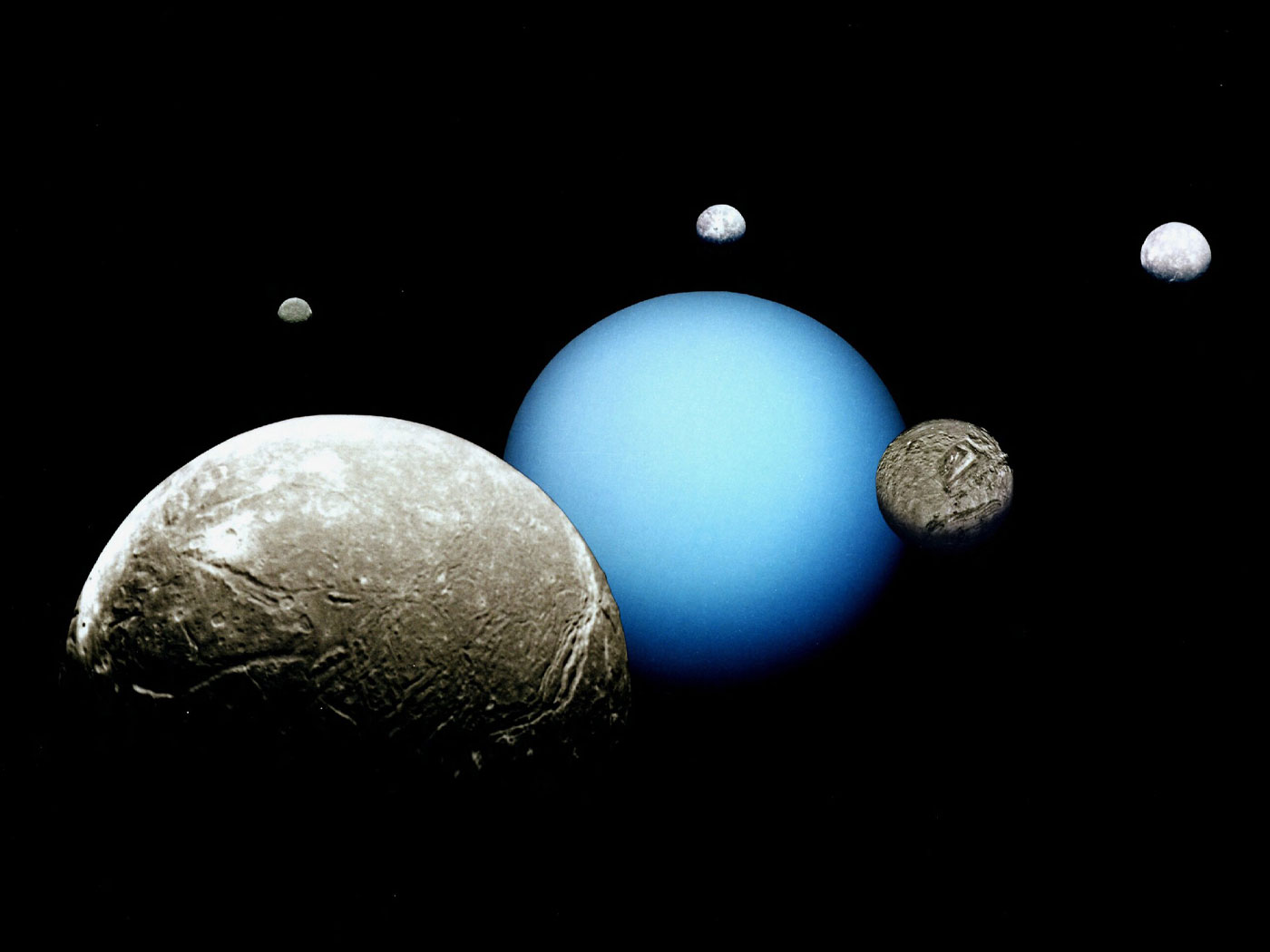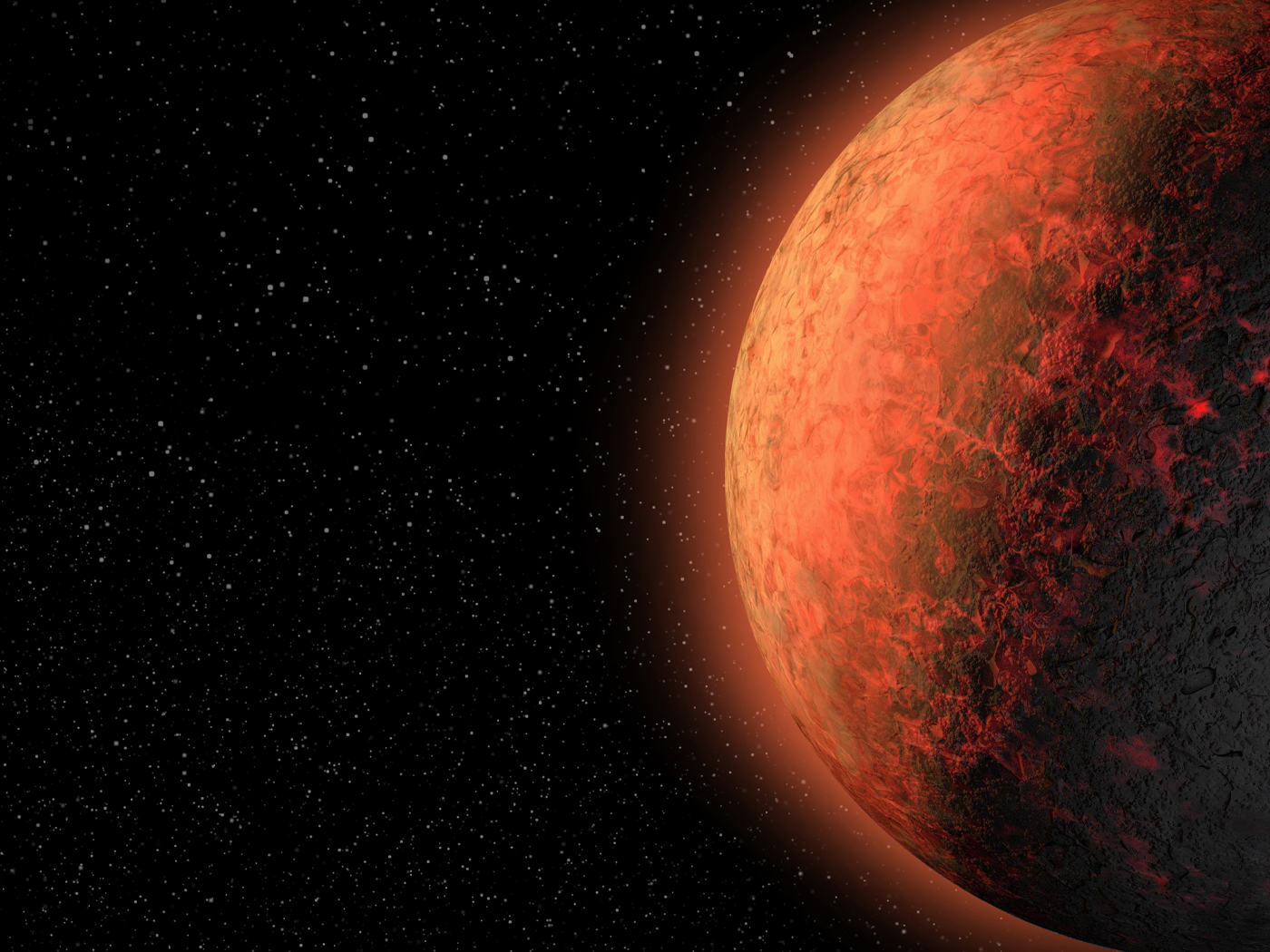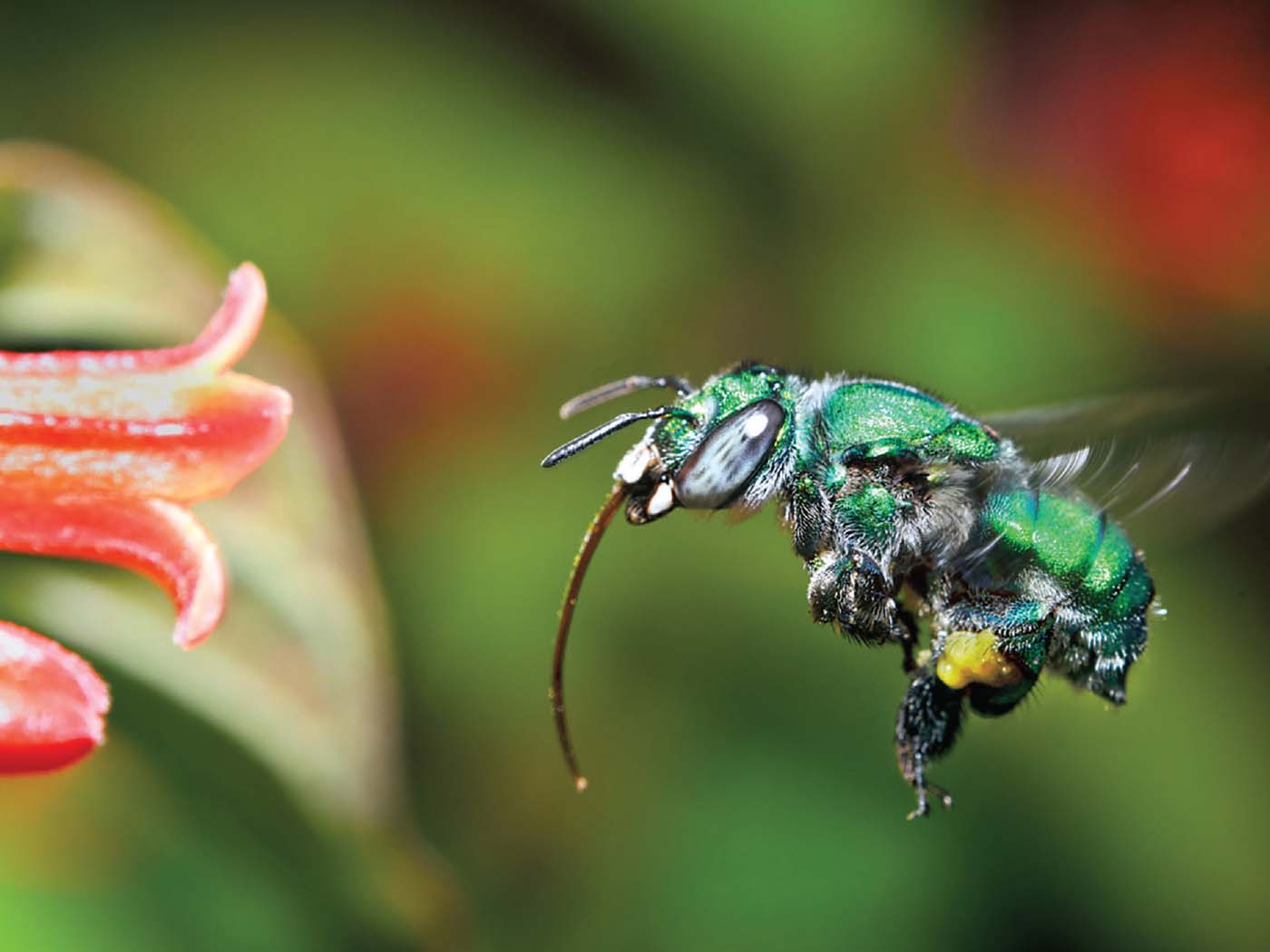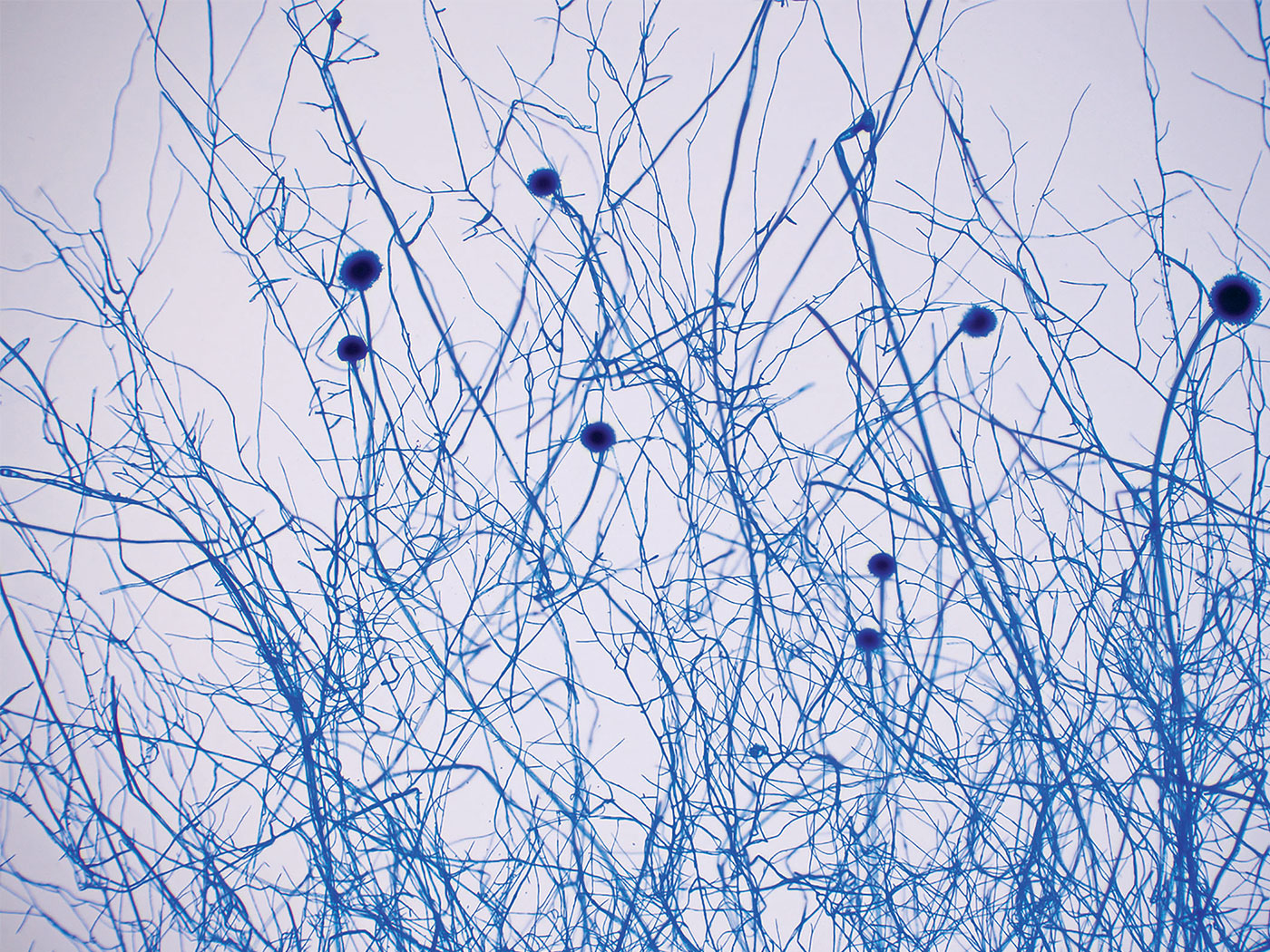
Mother of All Humans Lived 6,000 Years Ago
Inside a human cell's mitochondria--the tiny organelles that provide energy--there is a small and unique chromosome. This loop of DNA is passed from mother to child in every generation and provides an intriguing source of information about mankind's past. Geneticists are using that information in an attempt to determine exactly when the "mother" of all humans lived.

The Sun Alters Radioactive Decay Rates
Many scientists rely on the assumption that radioactive elements decay at constant, undisturbed rates and therefore can be used as reliable clocks to measure the ages of rocks and artifacts. Most estimates of the age of the earth are founded on this assumption. However, new observations have found that those nuclear decay rates actually fluctuate based on solar activity.

Amber Jewelry: A Conversation Piece for Creation Evidence
Amber has been prized for centuries for its beauty. Some specimens have dazzling colors, like a cache recently discovered at Cape York in far northern Australia. Insects, diatoms, a lizard leg, fruits, and even mammal hairs have been found trapped inside these gems. Amber is often represented as being millions of years old, but clear evidence points to its recent and rapid origin.

Beetle Larva Bifocals Are Better than Manmade
The eye is an amazing organ. It enables an organism to translate light into electro-chemical impulses that the brain can assemble into "images" of the world around it. Many types of eyes are known in the living world, and a new study describes one of the most intriguing eye designs yet to be uncovered.












